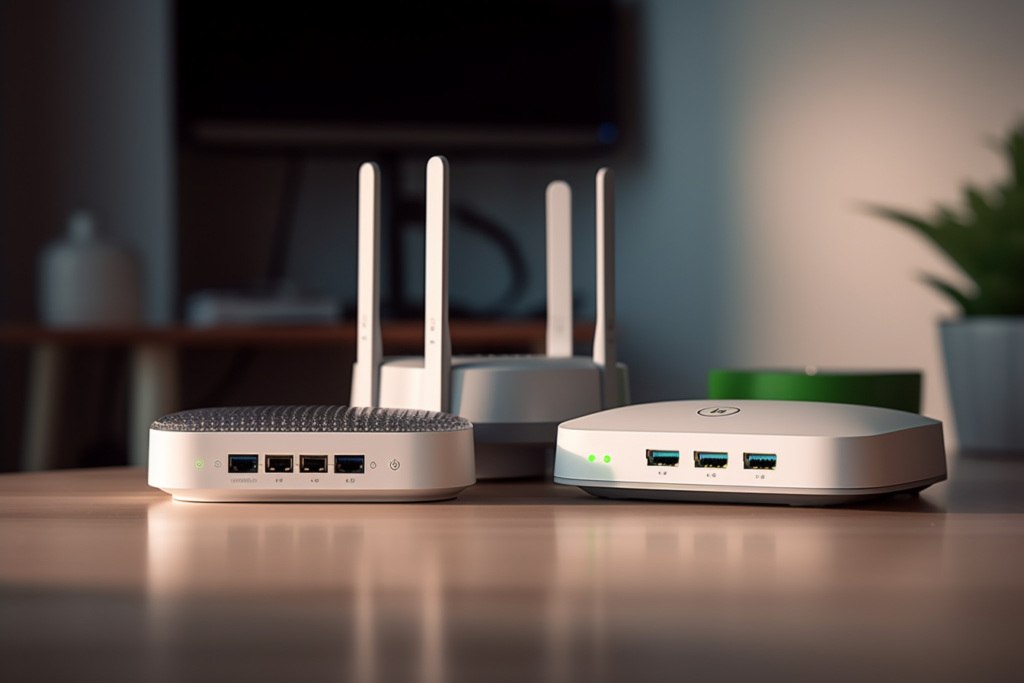The Freedom and Risk of Public Wi-Fi Networks
The digital age has given us a myriad of conveniences, one of which is the readily available access to public Wi-Fi. From restaurants to airports, bookstores, and random retail outlets, we’re rarely more than a short trip away from a connection point. However, this convenience can come at a hefty price, one that few truly comprehend: the hidden risks of public Wi-Fi networks.
Understanding the Appeal of Public Wi-Fi
As the world becomes increasingly interconnected, the reliance on Wi-Fi networks for both leisure and work activities is evident. However, the allure of public Wi-Fi extends beyond mere convenience. It has become a critical tool for staying connected, with only 20% of people admitting to not using it. This ubiquitous use, however, is where the dangers lie.
The Unseen Dangers: Malware Injection and Snooping Software
One of the most common attack vectors on public Wi-Fi networks is malware injection. Crafty attackers use snooping software to inspect the data coming into your device, potentially infecting it with harmful code. This malicious software can wreak havoc on your device, stealing sensitive information and causing irrevocable damage.
Legal Risks and Unsecured Wi-Fi Networks
Interestingly, the threats posed by public Wi-Fi aren’t solely technical. Unsecured Wi-Fi networks can lead to significant legal risks. Without proper security measures, users may be exposed to potential legal liabilities, such as copyright infringement, data theft, and other cyber-related crimes. As such, it is vital to ensure that Wi-Fi networks are adequately secured to avoid any potential legal issues.
Public Wi-Fi: A Double-Edged Sword
While public Wi-Fi networks provide us with the freedom to work and connect from virtually anywhere, they simultaneously open up a Pandora’s box of risks:
- Data interception: When you use public Wi-Fi, your data travels over an open network. It’s like shouting across a crowded room – anyone who’s listening can hear what you’re saying. Cybercriminals can ‘listen in’ and steal sensitive information such as passwords, financial data, or personal emails.
- Rogue hotspots: These are malicious Wi-Fi networks set up by hackers. They often have names similar to legitimate hotspots, tricking users into connecting. Once connected, the hacker can access any information you send over the network.
- Malware distribution: Cybercriminals can use public Wi-Fi networks to distribute malware, potentially leading to significant data loss or financial harm.
Mitigating the Risks: Secure Practices
To mitigate these risks, there are several best practices to follow:
- Use a Virtual Private Network (VPN): A VPN encrypts your data, making it unreadable to anyone who might intercept it. It’s your personal encrypted tunnel through the crowded room, ensuring only you and the intended recipient can understand your conversation.
- Enable Firewall: A firewall acts as a barrier between your device and potential threats on the internet, blocking malicious software before it can infiltrate your system.
- Avoid sensitive transactions: If possible, avoid performing sensitive transactions such as online banking or accessing confidential work documents on public Wi-Fi networks.
Conclusion: Balancing Convenience and Security
In conclusion, while public Wi-Fi networks offer great convenience, they also harbor unseen dangers. By understanding these threats and employing secure practices, you can enjoy the benefits of public Wi-Fi without falling victim to cyber-related crimes. The key is to always stay vigilant, prioritize your digital safety, and remember that when it comes to public Wi-Fi, free isn’t always risk-free.
Meta Description: Public Wi-Fi is a double-edged sword, offering convenience but with hidden dangers. Learn about the risks and how to protect yourself in this comprehensive guide.
Public Wi-Fi: A Necessary Precaution
The risks associated with public Wi-Fi are not meant to deter you from ever using it. Instead, they highlight the importance of using it responsibly and with an understanding of the potential threats. By taking the necessary precautions, you can continue to enjoy the conveniences of public Wi-Fi while ensuring your data remains secure.
Key Takeaways
- Public Wi-Fi networks offer convenience but come with hidden risks.
- Malware injection, snooping software, and other cyber-related crimes are common threats on public Wi-Fi networks.
- Unsecured Wi-Fi networks can lead to significant legal risks.
- Using a VPN, enabling a firewall, and avoiding sensitive transactions can help mitigate these risks.

